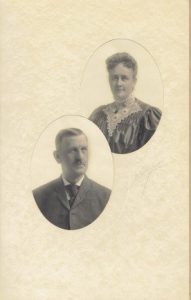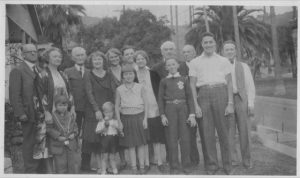 Just shy of my seventieth birthday, I finally made it to Salt Lake City. I am a notoriously bad traveler (with a tendency toward such things as sciatica, migraines, and hives), but the occasion was the annual meeting of the American Society of Genealogists, and since this was the first meeting after my election as a Fellow last October it seemed rather rude not to show up.
Just shy of my seventieth birthday, I finally made it to Salt Lake City. I am a notoriously bad traveler (with a tendency toward such things as sciatica, migraines, and hives), but the occasion was the annual meeting of the American Society of Genealogists, and since this was the first meeting after my election as a Fellow last October it seemed rather rude not to show up.
I survived the trip and got to enjoy three mild, sunny October days in Salt Lake (the fourth day was cold and windy). I enjoyed meeting new colleagues and seeing old faces, some not seen in 30 or more years. Rachal Mills Lennon is our newest Fellow. Continue reading Salt Lake City







